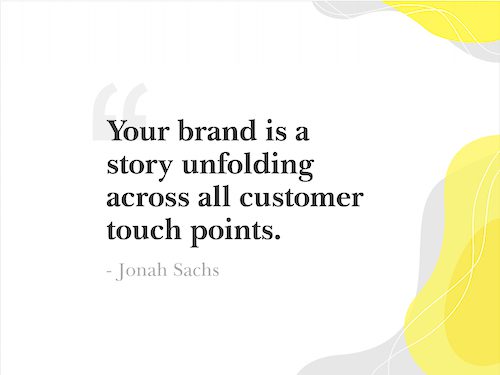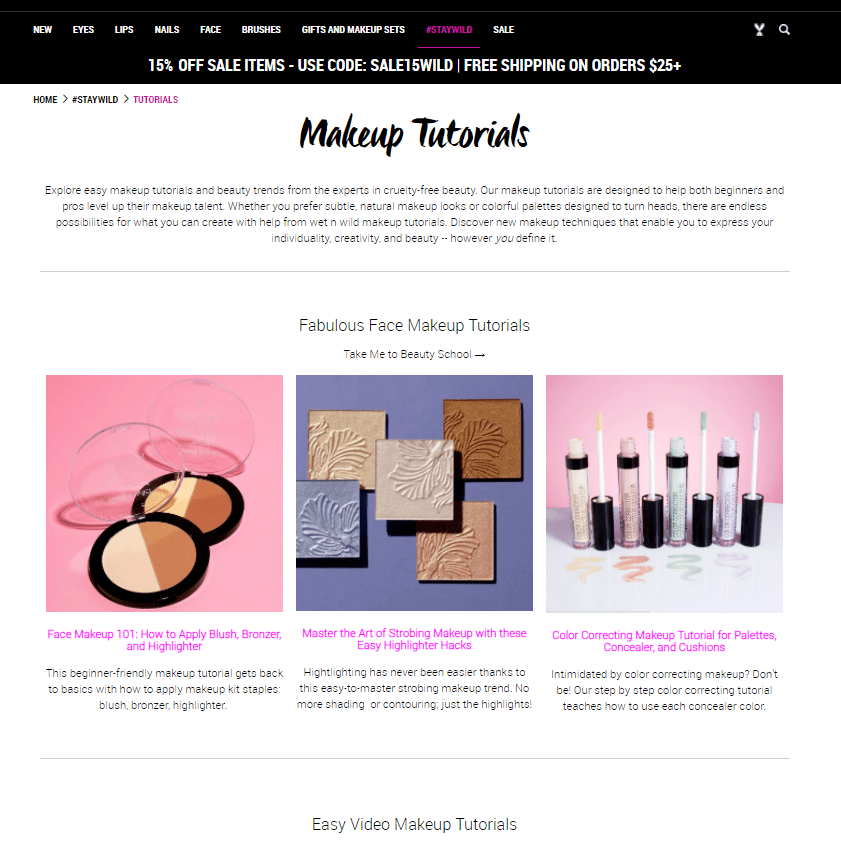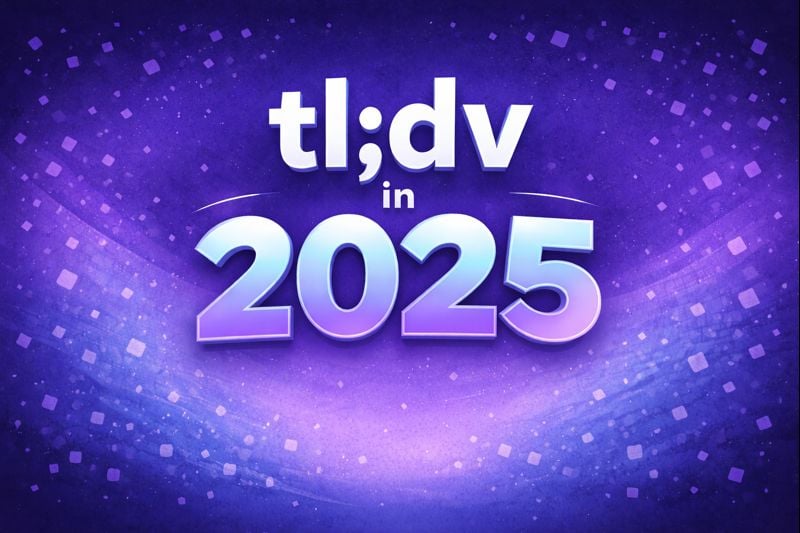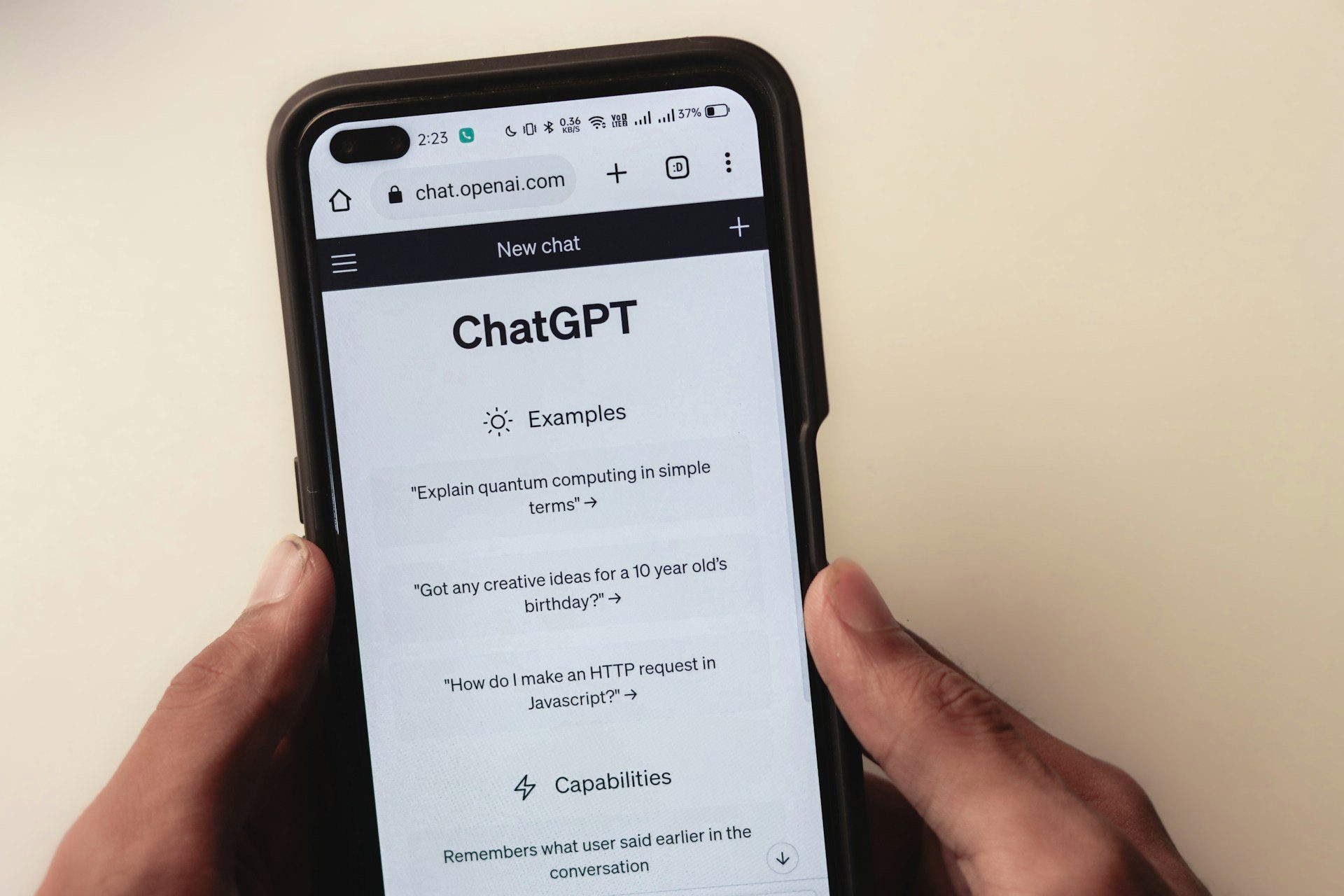Today we are all virtually wired to almost anyone from anywhere in the world – thus remote is the new customer success mantra. A robust customer engagement model will ensure that the customer feels that their journey and product value does not start and end at the purchase stage. But how to really churn out engaging and helpful customer touchpoints in a remote ecosystem – that’s the topic of this article!
In this article
High touch, Low touch and to infinity and beyond!
High touch low touch in customer success are the two of the most common engagement models. Let’s define the two real quick.
What is low touch?
Low touch is more commonly seen nowadays with the sudden shift to the remote set-up. This engagement model is what customer success teams would call the “hands-off” method as there is no face-to-face engagement with customers. This engagement model is also called “techtouch” as technology is the main avenue for information dissemination such as email ads or blasts and automated messages.
We love this low touch by Ikea (above video), that actually feels like a high touch point.
So now, what does high touch mean?
In contrast to low touch, one-on-one engagement between the customer and the customer success representative is necessary to understand the client’s needs and preferences.
Typically, high touch methods are usually reserved to customers who bring in higher AOV (average order value) or have a longer customer lifetime value. That said, these methods are what customers would perceive as a more premium form of assistance because it can be highly personalized and requires greater demand on your CS teams.
However, this doesn’t mean that high touch customers only receive a high touch approach from their CSM, they too, are recipients of low touch methods through videos, tutorials, and other forms of digital assistance.
Mia Jacobs of Totango, shares with us an example for this.
For a new feature announcement, high-touch customers might get a digital engagement, just like tech-touch customers do, but training on that feature might involve a personalized training session that focuses on needs and issues specifically relevant to that customer.
Totango Tweet
Nonetheless, both approaches rely on the judgment, attention, and creativity of customer success (CS) team members and both also rely on data collection, analysis, and solutions provided by the CS software. The goal is to provide value to consumers by assisting them in using your product.
So now that we’ve gotten the basics of high touch low touch in customer success out of the way, let’s dig in deeper with how these two models are being utilized today.
How to make low touch work
It may be called the “hands-off” method but really there is so much done in order to execute this engagement model. Both models (low and high) are data-driven, but low-touch relies on it more since it entails different kinds of executions in order to keep customers and clients satisfied.
For low touch, the customer success software is usually where all things are coordinated and tracked which makes it easier to monitor customers’ engagements but the real chore here for customer success teams is learning how to make low touch feel like high touch.
In essence, low touch communication is greatly used in situations wherein the customers are self-sufficient, have low recurring revenue or the product has a simple workflow that doesn’t require a lot of handholding. In these cases, it is best to use low touch as there are already existing resources. In the earlier days of customer success, this would be the FAQ section but today, there is usually a knowledge base and active community forums to help with these kinds of issues.
When it comes down to low touch, there are basically three rules that customer success teams should keep in mind:
- Know your audience (content segmentation)
- Learn from the data you have
- Automate what can be automated
This is a great way of making low touch feel like high touch, by providing your customers and the market with content that they can consume and relate to, rather than just straight text that may not fully encompass their concerns and even answer them.
How to make high touch work
High touch, in a nutshell, is a more personalized, one-on-one engagement model wherein CS reps are more hands-on. CS representatives, therefore, become a highly visible component of the customer experience and an essential element of product delivery. This entails a lot more resources as compared to tech touch since one-on-one assistance is more intricate and requires a lot of preparation.
In a high touch customer service, it’s really about the experience since the CS representative will be the customer’s very first touchpoint with your brand and their rhetoric and approach will reflect on it.
But if low touch needs to be more “high touch,” high touch on the flip side, needs to be more accessible and at the same time, efficient. The challenge then becomes how to be effective without sacrificing the time and effort that need to go into it in order for the customer success representative (CSR) to make an impact.
Beyond accessibility, another question that high touch needs to address is, when to use it, since it entails more resources. The answer to this is in the numbers. If you have a high-touch model, the more customers/clients you’ll be serving, the greater your CSR team will be.
In general, a high-touch engagement model is more suited for complex sales and enterprise deals since these usually involve larger contracts with more units, and customers usually need a lot of handholding.
The beauty of high touch though is really found in the insights that you can get from your customers from the reason why they chose to avail of your services or work with you, to the points of improvement that you need to work on. And these are just things that low touch cannot provide.
Beyond the highs and lows is “remote”

On paper, high touch low touch customer success appears to complement one another in covering for each other where they fall short and providing customers a full 360 support system.
In customer service, one of the key things that customer success managers need to deliver is value. And Puneet Kataria, CEO and founder of Customer Success Box, equates this by answering this question: “Is your product a seamless part of their everyday process?”
This is what we want out of high and low touch–it is to establish your product or company to become a household name for your customers. Puneet adds that we’re in a “subscription economy.” We don’t own anything, but rather we want to enjoy the best of the best with our subscriptions. On the corporate side, we also want to ensure that customers continue their subscription for us or at least not cancel it — which essentially means ensuring they get value out of what they’re paying for.
When you think about this perspective, combined with some of the points mentioned above, high touch low touch customer service becomes more than just about your customers or client relationships.
In a subscription economy, it means that almost anyone can be your customer, but how can you cater to all of them? Would these two approaches suffice?
Enter remote touch 👌
Firstly, coming from a fully-remote company, and one that absolutely embraces remote-living, this is a topic that is close to me, and we talk about this very topic in the above vodcast! ☝️
Remote touch isn’t as impersonal as it may first appear, especially now that more companies are adapting to a remote workflow. And with 96% of customers looking at customer service as a crucial part of their purchase decisions, 80% of companies asserted that they are investing in providing a seamless omnichannel customer experience whether it is through mobile, desktop, tablet, calls, or in-store.
In essence, remote touch is about providing a smooth and consistent customer experience regardless of the medium. That could be through email, chat, or video conferencing which you can use to create more touchpoints with your customers that are not limited by distance.
Remote touch, however, is not just about being accessible. It’s about delivering value through all these different mediums and having them work together as one cohesive unit so you can provide the best customer experience possible.
The key to all of these is the ability to provide a consistent tone, experience, and channel that your customers can easily relate to no matter where they are in their customer journey. Remote touch takes into consideration that just like how our generation doesn’t know what it means to be disconnected since we have access to everything everywhere at any time, so should our engagement models follow suit as well. It’s about maximizing every opportunity available instead of being limited by distance.
In a sense, remote touch is also like high touch but instead of one-on-one engagement, it’s about delivering that same reach and customer experience across multiple platforms.
Some awesome examples of value added with remote touch
#1 Chatbots which are being used to answer common questions in place of or before CSRs
Facebook Messenger is a household name in instant messaging. This app is also a great way for brands and companies to connect to their customers for immediate questions and other concerns. Companies like LEGO, have integrated a chatbot named Ralph, on their Facebook page who helps customers find the perfect LEGO set for them.
#2 Webinars that show the customers how they can effectively use the product
You might not know it, but Apple Events are essentially webinars. They are done to update their customers on the latest Apple Devices and OS updates. A typical Apple Event would be Tim Cook going on Stage revealing one or two highly anticipated Apple products. But today, it is now a highly produced webinar that features different individuals who have worked in the process of bringing these new Apple Devices to life.
#3 Video tutorials, covering a wide array of customer needs

Wet n Wild, a big name in drugstore makeup, utilizes makeup video tutorials as remote touch. Their content is attuned to the needs of their customers depending on what product they need help with.
#4 Live sessions for customers who want personal coaching from your team

Notion is known for being a powerful blank canvas for productivity junkies, but not everyone knows what to do or how to work with a blank canvas. Notion has implemented Notion Consultants, individuals who are trusted productivity experts who can make your Notion work best for you and amp up your productivity.
For instance, setting up onboarding with your customer remotely and recording it. As much as high touch purists may say that this isn’t really the high touch experience that sets it apart, it actually is because it allows you to be accessible even if you’re not physically there. You can then use this video as a reference for the future and even have it translated into different languages so that anyone who speaks those respective languages can benefit from a high-touch service. In turn, the recording can also work with low-touch means because customers can go back to it and refer to it in case they need it again.
Remote touch is about being able to leverage technologies that allow for different kinds of engagement without sacrificing the quality of your customer experience.
High, low, remote - what now?
High touch, low touch, or remote? No matter what your approach is to customer success, you always want to make sure that it’s personalized to your customers’ needs.
When done right, they can provide you with a way to engage your customers in the most effective manner possible regardless of where they are or what medium they prefer to use at any given time.
Now that all the cards are laid out, it is up to you to pick which arrangement suits you best.





